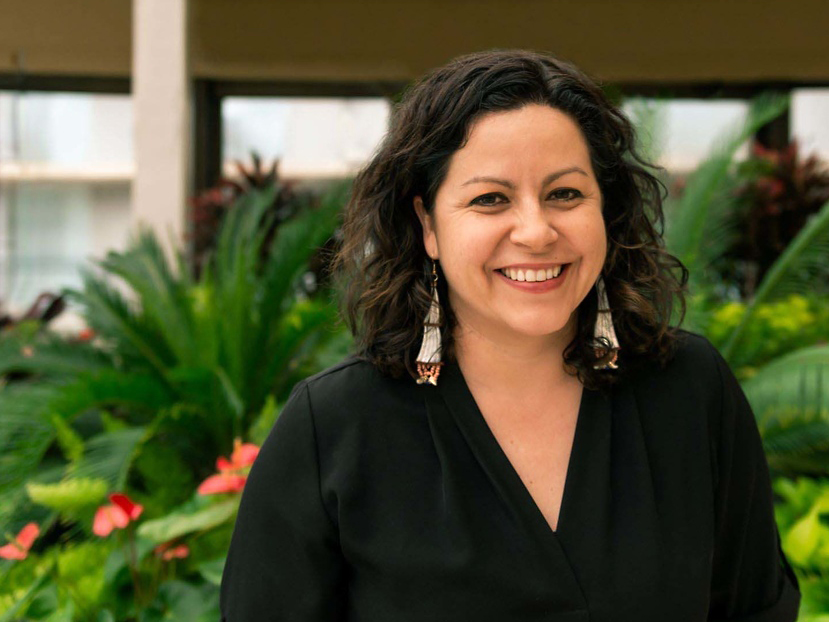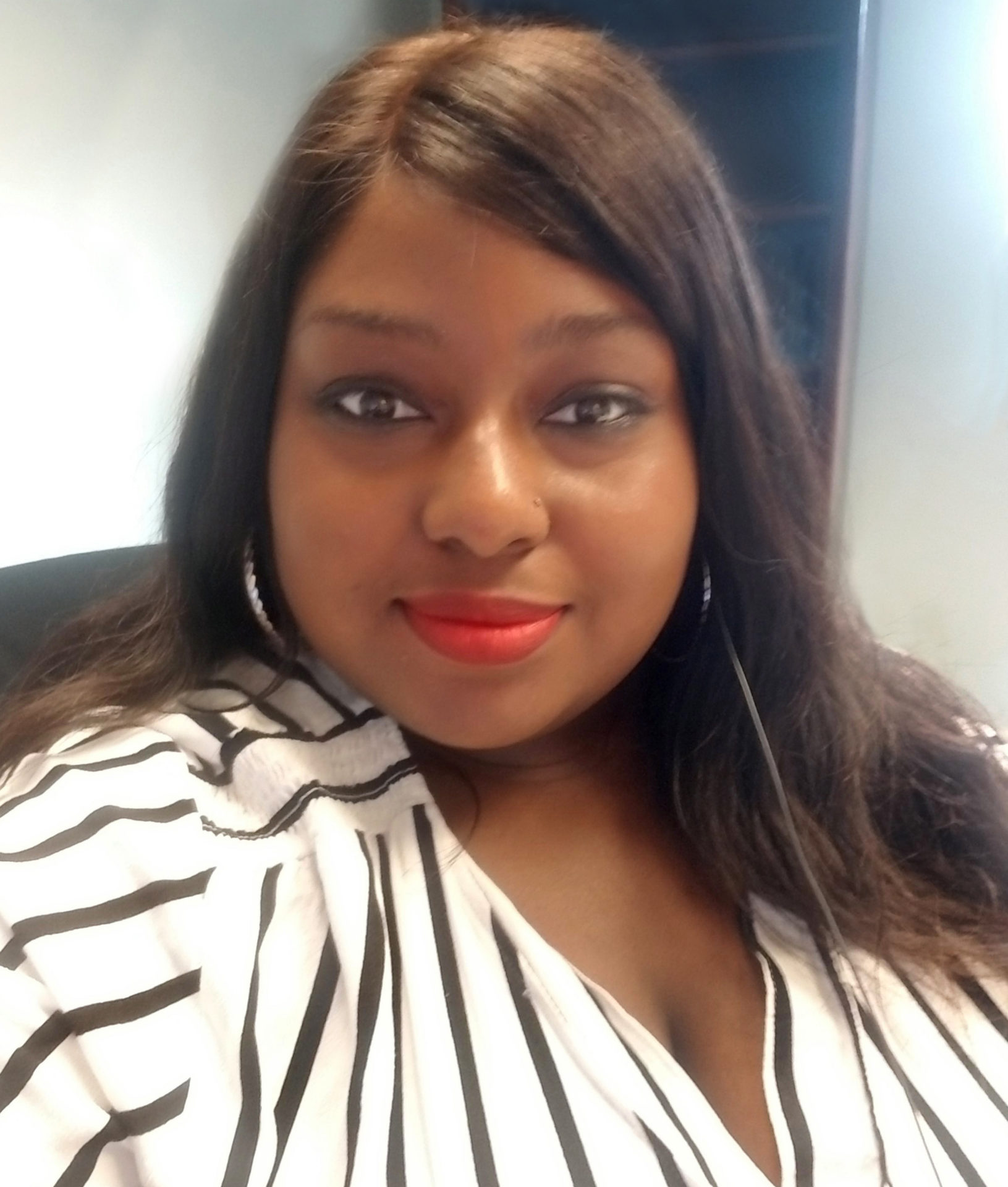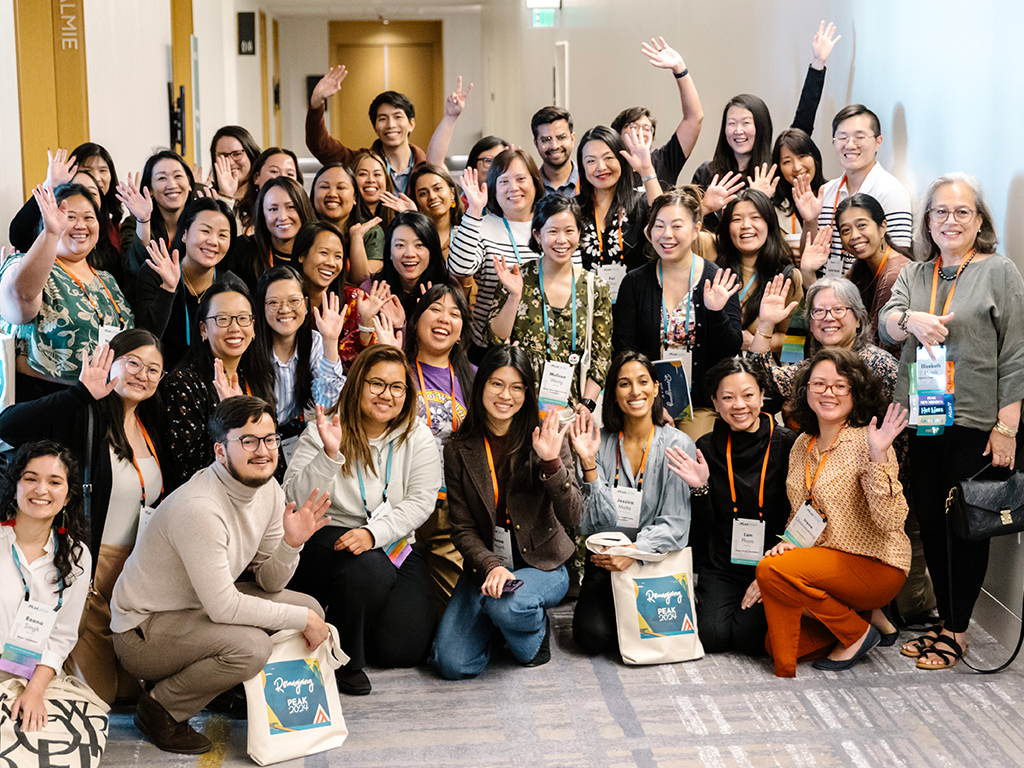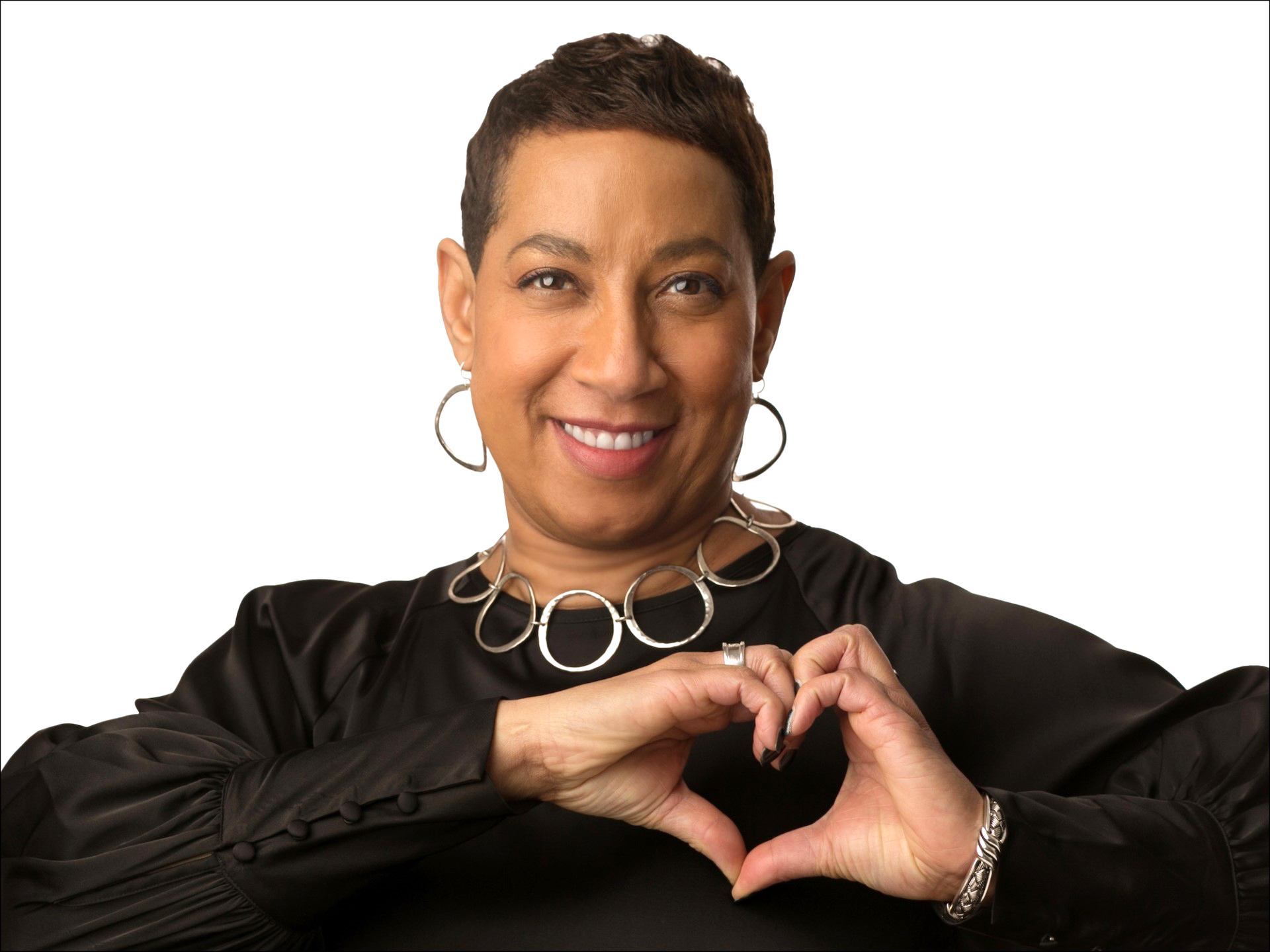
Statistically, Native populations have historically been misrepresented and underrepresented due to haphazard and inconsistent data collection practices. And when funding decisions hinge on the stories the data tell, urgent community needs go unnoticed. To help grants professionals navigate the often thorny issues of working with this category of information, PEAK recently released Driving Equity With Demographic Data. This action planner, open to the community, is the latest resource in our Principles for Peak Grantmaking series.
In conjunction with this release, and in recognition of November as Native American Heritage Month, PEAK Community Knowledge Manager Chantias Ford sat down with Native Ways Federation Executive Director Carly Bad Heart Bull for a conversation on how funders can use demographic data to better support Native Americans.
Ford: Thank you for taking the time to chat with me, Carly. Before we even get into the questions, can you share a little bit about who you are, what you do, and your background in the philanthropic sector?
Bad Heart Bull: Sure, I’m happy to have this conversation. I’m a Dakota citizen of the Flandreau Santee Nation in South Dakota, but I live in our Dakota homelands of Mnisota Makoce, also known as Minnesota. I am the executive director of Native Ways Federation, and our mission is to activate and expand informed giving to Native nonprofits. We do that primarily through education and advocacy. I have been in this position since April of 2020. Prior to that, I worked as a program officer at the Bush Foundation for six years where my work was focused on all of our programs, specifically our work in Indian country.
Ford: What are some of the best practices for funders for collecting and using demographic data to best serve Native-serving grantees?
Bad Heart Bull: First, ask yourself who the data is serving. Often foundations collect data to serve their own purposes and don’t take into consideration how that data collection has impacted the communities that they’re trying to serve or that they should be serving. There needs to be a broader, sector-wide conversation with a number of constituents around making sure grant data is accurately reported to best serve the interests of the communities.
Second, make sure the data you’re using to tell a story is actually representative of the communities that are either being served or that should be served. Sometimes populations get left out, so there needs to be more conversation and movement toward making sure that the story is consistent and that it’s accurate. It’s also important to ask if the grant is serving Native populations specifically, or if it is part of a larger category when you’re collecting data around a particular grant.
Native populations often get lost in the larger BIPOC-serving initiatives. This skews the data for our populations. For example, before the pandemic, some of the largest grants that are coded as serving Native populations are tagged that way because they’re serving multiple populations. The dollar amount isn’t disaggregated. And how much of that grant is actually going to serve our communities is often very questionable. Be as specific as you can. The terms that are used for us matter. For example, some folks use the term Indigenous as a catch-all term, and that can be problematic for Native people because that word often captures folks from multiple continents. You don’t get any real sense of how or whether we’re being included in the numbers and in the funding.
When I worked at the Bush foundation, we focused on the 23 Native nations in the region of Minnesota, North Dakota, and South Dakota. When I pulled the data to see how we were doing I found that we didn’t know because we didn’t have adequate data. So, we started asking specifically whether grants were serving each of the 23 Native nations, if there are nations that we weren’t reaching and why that might be, whether our programs are resonating.
Also ask if the grantee is Native-led and Native-serving so that you can effectively serve the people. It’s important to invest in Native-led solutions, as we are the ones closest to the communities. According to the data we currently have, less than half a percent of philanthropic dollars are going to Native communities. The percentage of that amount that goes to Native-led organizations has to be drastically lower. And we don’t know what that number is because people aren’t capturing that information.
A lot of folks don’t understand tribal citizenship, or that not all people who self-identify as Native are enrolled citizens. These are important nuances. And people can get offended if you ask the wrong question, and oftentimes that fear of offending people is what leads people to not ask the question at all.
Ford: So, part of what I’m hearing is that it’s important to bring in people who are in the community to help with developing the taxonomies and the correct terminology.
Bad Heart Bull: Exactly. Engage with Native nonprofits, engage with Native Ways Federation, and with Native people. I’m also on the board for Native Americans in Philanthropy. There are resources out there that can help foundations to better understand how they can better serve our communities. And we’re happy to have those conversations.
Ford: We talk a lot about reducing grantee burden, especially for those marginalized communities. How can funders support their current and potential grantees in collecting this data, while also considering the additional burden this may cause?
Bad Heart Bull: The conversation around reducing grantee burden is important, and there are plenty of other ways funders can work to lessen the burden on their grantees: increasing general operating support, making grants more flexible and reducing reporting requirements. It is ultimately about trust.
Regarding demographic data, how you ask for demographic data can be one of the biggest burdens you can place on grantees. Developing protocols in conjunction with the community helps with this. Engage with the communities you serve. I think people will appreciate these kinds of questions because it shows you’re trying to do better.
Ford: I’m hearing a significant push toward developing those trust-based relationships with the community and uplifting their voice. What are some of the hurdles and unique considerations surrounding collecting demographic data for Native populations?
Bad Heart Bull: For Native nations, organizations, and people, we’re often either completely left out of demographic data conversations and reports, or we are misclassified. You have broad categories like Black, white, and Asian, but we are often lumped into this “other” category. And funders don’t often ask the question of who’s missing from the data. And that’s a huge question and a missed opportunity. So many folks aren’t familiar with our communities and contexts. So often we are not represented in the data and it’s harmful to be marginalized in the data space because of how data is linked to funding and resources.
Find out how you can better serve the communities in your region. Determine if the money is supporting what you intend it to. For example, if you have an education initiative, and you’re funding a school and they have one Native student, and the school says they’re serving Native students. Is that a grant that’s intentionally serving Native students to the same degree as, say, a school that is working on an initiative to better serve the Native population that is engaging with Native communities? That detail in the data can really help the foundation to understand who they are serving.
Also, many tribes are doing incredible work through their programs to serve their citizens, and many have nonprofits, and a lot of funders just don’t realize that they can support tribes.
Ford: That is a great point to lift up, especially as we think about the operation side of grantmaking. What are the best practices or any things that funders should consider when they’re trying to develop these relationships with Native populations to best support them?
Bad Heart Bull: Engage directly with the nonprofits you want to invest in who are out there doing the work. Come to us rather than expect us to come to you. Sometimes I hear from foundations that they don’t want to bother people, but when I talk to the nonprofits, they’d love to have a foundation see the work that they’re doing. So, if you’re a foundation, you don’t have relationships with Native organizations, tribes, or people, ask why that is. Is there an issue with your strategy and criteria, is it a recruitment issue? And then when we share information with you, are you listening? Are you making changes that reflect what is being shared to better serve the community, or do you keep doing the same thing and hope things will get better? I’ve seen that happen a lot.
If you’re showing up in the community, if you’re having good conversations, if organizations and communities feel like they’re being heard, they’re going to tell other people, and they’re more likely to pick up the phone and open the door as well.




